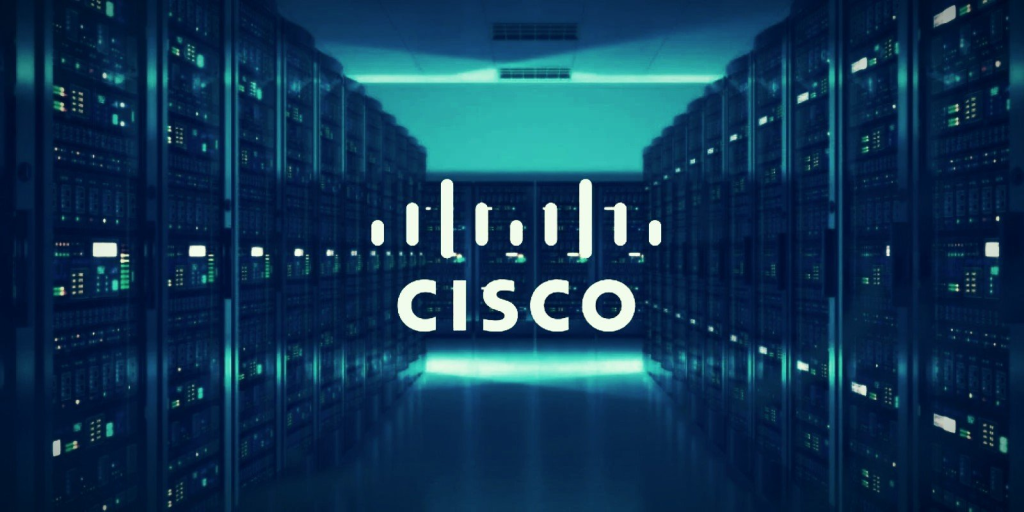It would be helpful if Trump and China got along the next four years for the sake of businesses everywhere.
“I have always said that I feel like the world is a better place and the global economy is a better economy if the US and China can figure out how to coexist,” Cisco CEO Chuck Robbins told Yahoo Finance at the World Economic Forum in Davos, Switzerland.
“Now, there’s certainly issues that need to be worked out, but I’m optimistic that the Trump administration has actually made some outreach to try to have some conversations.”
Robbins began his two-year term as the chair of the influential Business Roundtable in January 2024. He has a vested interest in driving consensus among his fellow CEOs on trade policy, then taking it to the Trump administration.
Cisco entered the Chinese market in 1994 and established its Greater China division in 2010. The company employs about 4,000 people in China and has branches in 16 cities. The teams are mostly engaged in sales, customer support, R&D, business process operations, and IT sourcing.
Product revenue fell 35% in China for the fiscal year 2024 amid fierce competition.
Robbins says Cisco’s China business is “virtually immaterial” to the company’s performance. Rather, he’s more concerned about using his pulpit at the Business Roundtable to ensure Trump’s expiring tax cuts on businesses and households are extended.
“You’ve got to do taxes this year, because there’s a lot of them expiring and if we don’t do them, there’s trillions of dollars in tax increases for American citizens,” Robbins added.
For now, investors appear to be ignoring what a US trade war would mean to a multinational such as Cisco.
Amid the budding momentum of AI infrastructure products, Cisco’s stock has begun to perk up after being largely dead money for the past year due to several challenging quarters.
Shares of the networking giant are up nearly 9% in the past three months, outperforming the S&P 500’s (^GSPC) 5% advance. Rival Hewlett Packard Enterprise (HPE) stock is up 26% in the last three months.
Both of the old-school legacy tech plays have outperformed pure AI play Nvidia (NVDA) — shares of the Jensen Huang-led market darling are only up 5.6% in the past three months.
Cisco’s stock has still underperformed over the past year, gaining 18% compared to a 25% upswing in the S&P 500. Nvidia is up a sizzling 151%.
The stock’s recent resurgence stems from better-than-expected first fourth quarter earnings in mid-November. Cisco surprised some on the Street by delivering order growth of 9% and sounding optimistic about the integration of its $28 billion purchase of Splunk.



